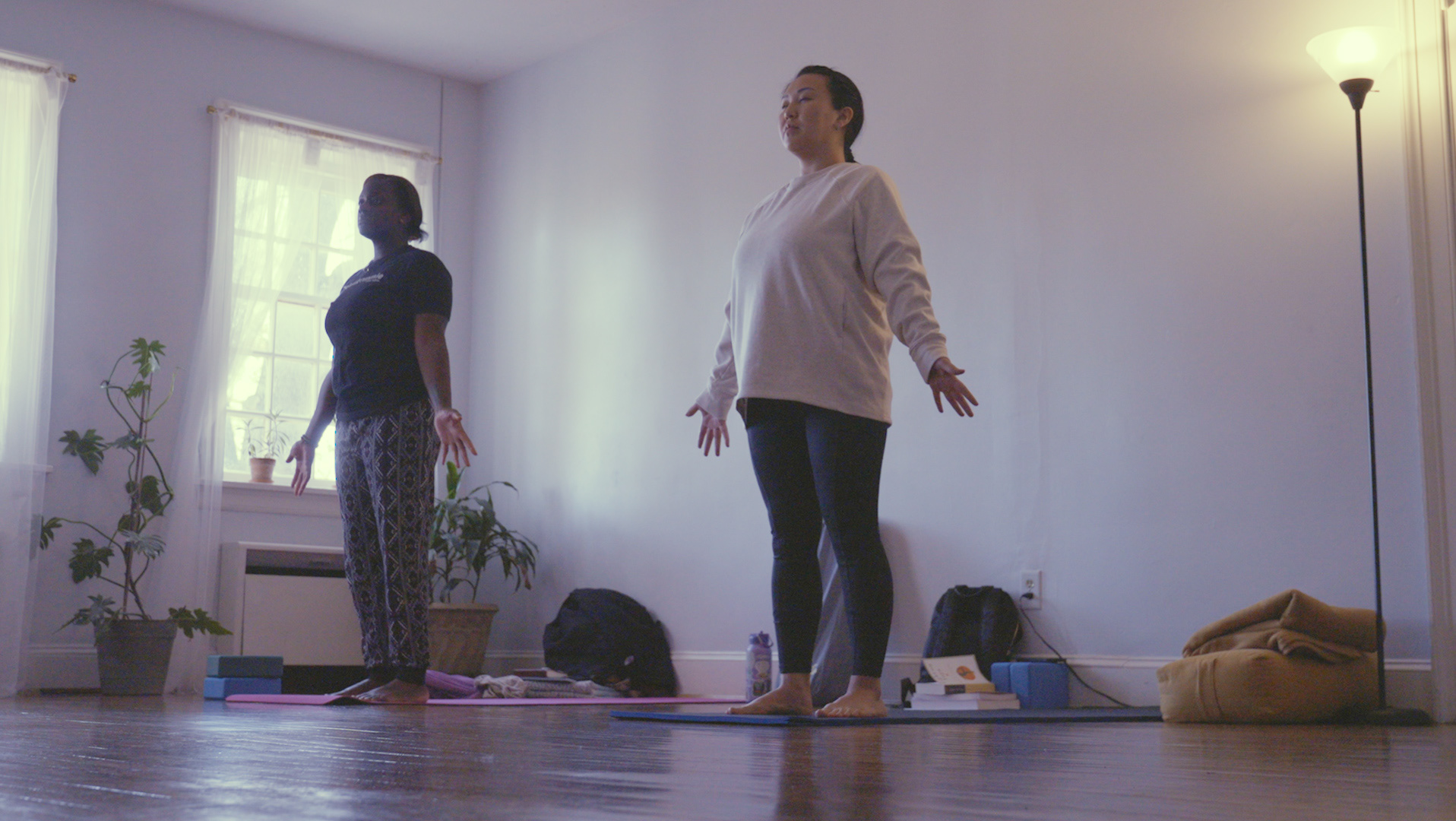COURTESY PHOTO BY U.S. ARMY CORPS OF ENGINEERS
HAMPTON ROADS, Va. — The restoration of the Chesapeake Bay and its tributaries, such as the Lynnhaven River, is a community collaborative effort that brings together organizations like the Lynnhaven River Now (LRNow), the Chesapeake Bay Foundation (CBF), and the U.S. Army Corps of Engineers (USACE), the City of Virginia Beach and many others. These organizations work in concert to implement various ecosystem restoration efforts aimed at reviving the bay's once-thriving oyster populations and, by extension, enhancing the overall ecological health of the aquatic backyard where we recreate with our families. More and more, these agencies have been attempting to involve local communities in this effort to build a cleaner healthier tomorrow for generations to come.
The National Centers for Coastal Ocean Science clarifies why oysters are so important to the maintenance and restoration of the ecosystem. This organization which serves as the National Oceanic and Atmospheric Administration’s (NOAA) coastal ocean science effort explains that oysters filter water to ingest nutrients and grow. Subsequently, this process removes algae and sediment particles which can degrade the health of the waterway if accumulated in excess. According to the NOAA, a single and healthy adult oyster can filter up to 50 gallons of water per day — the amount needed to fill a common bathtub.
The commercial oyster population in the Chesapeake Bay has seen significant declines since the 1960s due to over-harvesting and disease. The deterioration in water quality, driven by agricultural toxins and harmful bacteria like fecal coliform from urban runoff, as human activities and populations expanded, has contributed to the prevalence of diseases affecting the oysters. Historically, the health of the oyster population was assessed by the volume of harvested bushels, which dropped from six million bushels in 1960 to less than a quarter million bushels today, indicating a struggle for boat captains to maintain previous levels of harvest. Collaborative Oyster Recovery Partnership efforts since the early 2000’s in the Chesapeake Bay have culminated in the successful planting of more than 1.5 billion juvenile oysters in 2023 alone. See the ORP’s Oyster Restoration Timeline to see how this success stems from scientific research and observation over the last few decades to determine how to most effectively plant oysters for longterm success.
The LRNow has been deeply involved in restoring the native oyster population in the Lynnhaven River. Their efforts have led to the identification and restoration of approximately 102 acres of baseline oyster reef, with plans to expand to 152 acres to sustain a healthy oyster population. Projects such as the Laila Oyster Castle Reef and the Community Reef in the Eastern Branch have been instrumental in this process. The use of alternative materials like crushed concrete for reef construction, due to the shortage of oyster shells, has proven effective in providing the necessary habitat for oyster larvae to settle and grow. This shortage in oyster shells for reef substrate is the reason the LRNow is currently inviting community members to collect and donate their oyster shillings. Each empty shells donated provides a potential home for 10 new baby oysters.
The CBF has contributed significantly to these restoration efforts through financial support and hands-on work. Notably, the National Fish and Wildlife Foundation awarded two grants totaling approximately $1 million to both CBF and LRNow for oyster restoration in the Lynnhaven River. These funds are earmarked for the construction of 15 acres of new oyster reef, which will be stocked with 15 million spat-on-shell oysters. This initiative is a crucial part of a long-term plan to establish thriving oyster habitat across 152 acres in the Lynnhaven, contributing to cleaner water, enhanced commercial and recreational fishing, and improved habitats for a wide range of marine life.
NOAA Fisheries has also played a role in this collaborative effort, providing funding that has helped restart reef construction in the Lynnhaven River after a two-year hiatus. This partnership underscores the importance of federal support in local and regional restoration projects, amplifying the impact of local organizations and volunteers.
These coordinated efforts among LRNow, CBF, the Elizabeth River Program and the USACE, along with the support of governmental bodies like NOAA and the Virginia Marine Resources Commission, paint a picture of a comprehensive approach to ecological restoration. By focusing on oyster reef restoration, these organizations are not only aiming to restore the bay's oyster population to its historic levels but are also improving water quality and increasing the bay's biological diversity.
Biologists from USACE and Christopher Newport University have recently verified all of this information during the face-to-face podcast recording to be shared in the near future. Until then, watch the above video to learn more about how the success of these projects will have a lasting impact on the Chesapeake Bay's wildlife, recreation opportunities, and local commerce, particularly for businesses that harvest fish, oysters, and other sea creatures.










